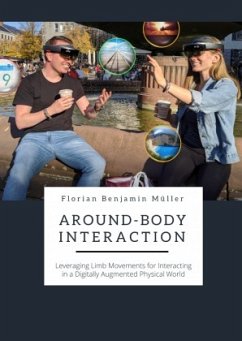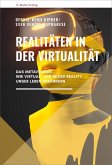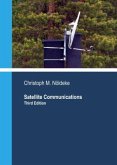Recent technological advances have made head-mounted displays (HMDs) smaller and untethered, fostering the vision of ubiquitous interaction with information in a digitally augmented physical world. For interacting with such devices, three main types of input - besides not very intuitive finger gestures - have emerged so far: 1) Touch input on the frame of the devices or 2) on accessories (controller) as well as 3) voice input. While these techniques have both advantages and disadvantages depending on the current situation of the user, they largely ignore the skills and dexterity that we show when interacting with the real world: Throughout our lives, we have trained extensively to use our limbs to interact with and manipulate the physical world around us.
This thesis explores how the skills and dexterity of our upper and lower limbs, acquired and trained in interacting with the real world, can be transferred to the interaction with HMDs. Thereby, this thesis develops the vision of around-body interaction, in which we use the space around our body, defined by the reach of our limbs, for fast, accurate, and enjoyable interaction with information.
This thesis explores how the skills and dexterity of our upper and lower limbs, acquired and trained in interacting with the real world, can be transferred to the interaction with HMDs. Thereby, this thesis develops the vision of around-body interaction, in which we use the space around our body, defined by the reach of our limbs, for fast, accurate, and enjoyable interaction with information.








